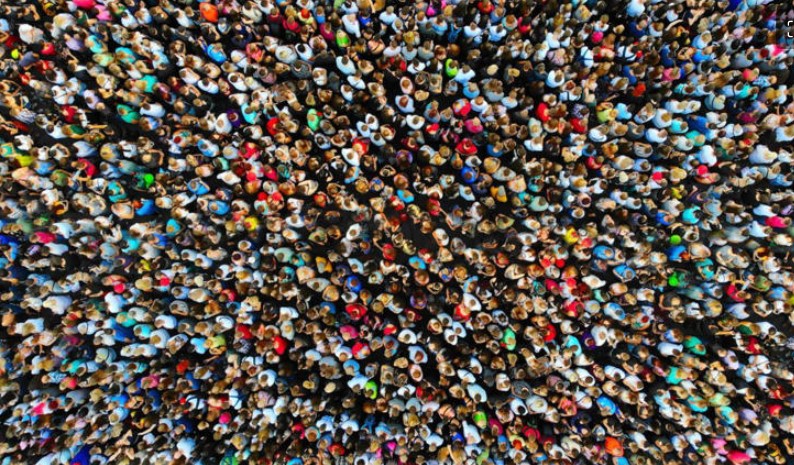India poised to emerge as most populous country as China`s population declines

China`s demographic crisis deepened in 2022 as its population declined for the first time since 1961 due to a plunging birth rate, the country`s statistics office said on Tuesday, amid a forecast that India is poised to overtake the Communist giant as the world`s most populous country.
China`s population in 2022 — 1.4118 billion — fell by 850,000 from 2021, the National Bureau of Statistics (NBS) said.
The NBS announcement comes at a time when China`s economic growth fell to its second-lowest in five decades, registering a paltry three per cent increase in 2022.
According to a recent report by the World Population Prospects 2022 by the United Nations Department of Economic and Social Affairs, Population Division, India is projected to surpass China as the world`s most populous country in 2023.
According to the report, India is projected to have a population of 1.668 billion in 2050, more than China`s 1.317 billion by the middle of this century.
China and India are countries with a big population and we have ample resources in the working force. This is a strong internal dynamic for economic development, Chinese Foreign Ministry spokesman Wang Wenbin said.
The two countries should take advantage of their population dividend to develop each other`s respective national development and make greater contributions to the international community,¿ he said.
According to the NBS, China registered about 9.56 million new-borns last year, down from 10.62 million in 2021.
China`s birth rate stood at 6.77 births per 1,000 people in 2022, down from 7.52 in 2021, it said.
The death rate nationwide stood at 7.37 per 1,000 people last year, putting the natural growth rate at negative 0.6 per 1,000 people.
China`s concern is not simply a declining population, which was accentuated by the decades-old `one child policy`, scrapped in 2016, but also a rapidly ageing population.
As per the revised policy, Chinese people can now have up to three children. China conducts a nationwide population census every decade, with the latest being done in 2020.
In a non-nationwide census year like 2022, China runs a population sampling survey on November 1 each year, meaning the number of deaths for December is not available, an official from the NBS said.
China`s total population size peaked in 2022, much earlier than expected, which means the country`s population will maintain a negative growth from 2023 or enter an era of negative growth, Cai Fang, former deputy director of the Chinese Academy of Social Sciences, said previously.
Yuan Xin, a professor from the Institute of Population and Development at Nankai University`s School of Economics, said in 2022 the negative population growth was the inevitable result of the country`s long-term low fertility rate and China`s population entering an era of zero growth.
The population size during the early stage of contraction will still be huge. China`s population began to fall in 2022, but the total population will still exceed 1.4 billion in 2035, and will still be around 1.3 billion in 2050, Yuan told state-run Global Times.
China implemented a third-child policy in May 2021 and rolled out a series of stimulus measures to boost population growth.
A number of cities, provinces and regions across the country have rolled out incentive policies such as issuing subsidies to families with a second or third child.
From the perspective of gender, the male population was 722.06 million, the female population was 689.69 million and the sex ratio of the total population is 104.69.
As per the official data, in terms of age structure, the working-age population between 16 and 59 stood at 875.56 million, accounting for 62 per cent of the national population, and the population aged 60 or above reached 280.04 million, accounting for 19.8 per cent of the total population.
Around 209.78 million were aged 65 or above, accounting for 14.9 per cent of the total population, the NBS said.
China, previously an agrarian country, has now been rapidly urbanised with 920.71 million living in urban areas, an increase of 6.46 million by the end of 2021, totalling to 65.22 per cent.
The permanent residents in rural areas declined to 491.04 million, a decline of 7.31 million.
The share of urban population in the total population was 65.22 per cent, 0.50 percentage point higher than that at the end of the previous year, according to the NBS data.
This story has been sourced from a third party syndicated feed, agencies. Mid-day accepts no responsibility or liability for its dependability, trustworthiness, reliability and data of the text. Mid-day management/mid-day.com reserves the sole right to alter, delete or remove (without notice) the content in its absolute discretion for any reason whatsoever.







